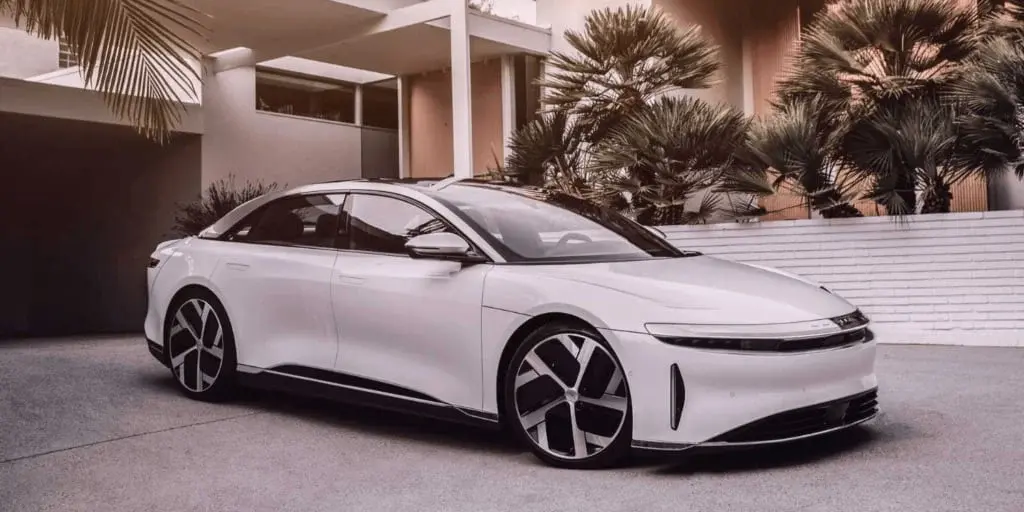As the electric vehicle (EV) market continues to expand, Lucid Motors has taken a significant step by embracing the North American Charging Standard (NACS), a system initially developed by Tesla. Starting in 2025, Lucid’s electric cars in North America will transition from the Combined Charging System 1 (CCS1) to NACS. This move paves the way for Lucid car owners to access Tesla’s vast Supercharging network, which boasts over 15,000 charging stations.
Tesla Confirms NACS Support for 1000-Volt Systems
The adoption of NACS by Lucid is a reflection of a broader industry trend, signaling a gradual phase-out of the CCS1 charging standard. Previously, Lucid had reservations about NACS, particularly regarding compatibility with their high-voltage battery systems. However, any such concerns have been resolved, and even brands with a focus on high-voltage systems are now aligning with NACS. Tesla has confirmed that NACS can support systems up to 1,000 volts, which is suitable for the fast-charging needs of modern EVs.
Peter Rawlinson, Lucid’s CEO, expressed that the integration of NACS is crucial for providing customers with more reliable and convenient charging options. He also emphasized the importance of a unified charging infrastructure to encourage EV adoption in the U.S.
A Transition Period for a Robust NACS Charging Network
The transition period until the shift in 2025 allows for the establishment of a more robust NACS-based charging network. SAE International is working to standardize the NACS connector, and various suppliers are expected to develop and offer compatible equipment, ensuring Tesla does not remain the only provider.
While Lucid has made its position clear, some major automakers like the Volkswagen Group and Stellantis have not yet announced a switch to NACS, leaving a bit of uncertainty in the industry’s direction. Nevertheless, the future of EV charging in the U.S. seems to be consolidating around a single, high-voltage standard, which could be a game-changer for the widespread adoption of electric vehicles.


Leave a Reply